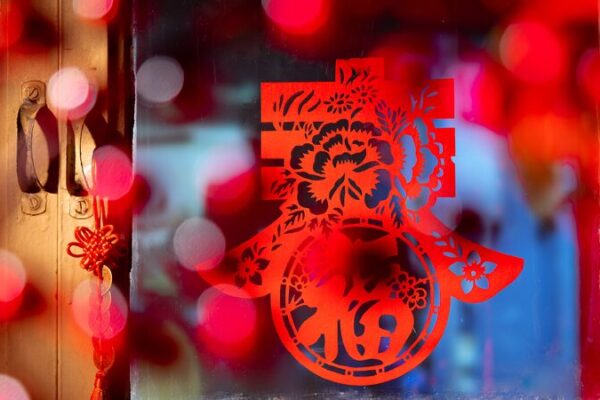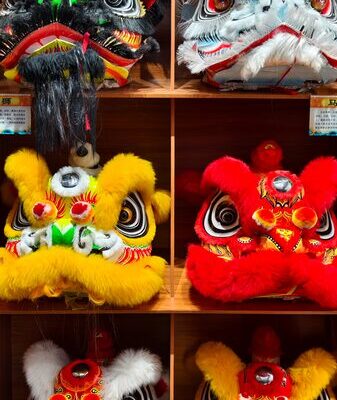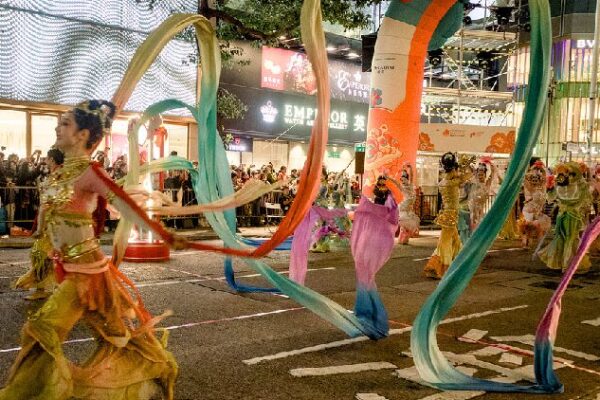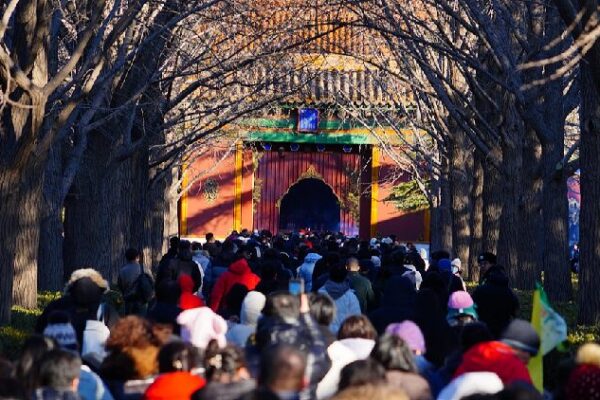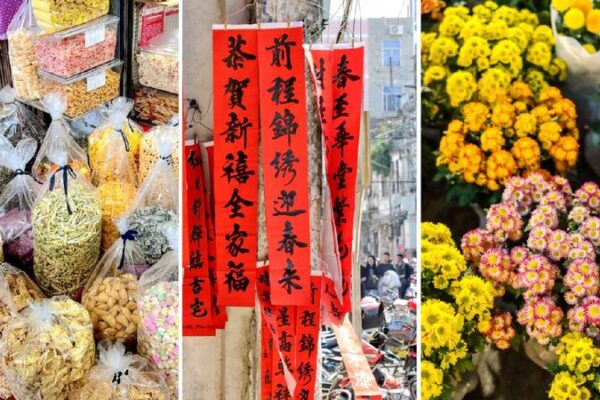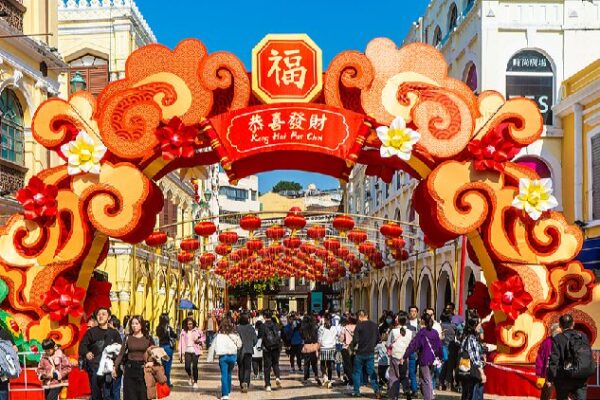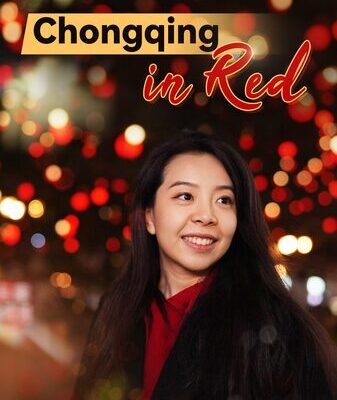As the Spring Festival approaches, Indonesia comes alive with a colorful celebration that blends Chinese traditions with local customs. In the city of Bogor, West Java, artisans are busy painting intricate dragon heads, preparing for the festive lion and dragon dances that will parade through the streets.
The Spring Festival, also known as Lunar New Year, is a grand public holiday in Indonesia. It’s a time when families across the country come together to clean their homes, hang red lanterns, and paste Spring Festival couplets on their doors, symbolizing good fortune and happiness for the year ahead.
Much like in China, the reunion dinner is a cherished tradition. Families gather to enjoy a feast that combines Chinese dishes with Indonesian specialties, reflecting the country’s rich cultural tapestry. The aroma of traditional foods fills the air, from dumplings and noodles to satay and rendang.
The vibrant lion and dragon dances are a highlight of the festivities. Performers in elaborate costumes dance to the rhythm of drums and cymbals, weaving through crowds and bringing joy to spectators of all ages. Temple fairs and markets bustle with activity, offering handmade crafts, sweets, and games.
What makes Indonesia’s Spring Festival unique is its role in uniting people of all ethnic backgrounds. It’s not just a celebration for those of Chinese descent; it’s embraced by the wider community as a symbol of harmony and cultural integration. The festival showcases Indonesia’s spirit of diversity, where traditions are shared and celebrated together.
As lanterns light up the night sky and fireworks burst in colorful displays, the Spring Festival in Indonesia offers a magical experience. It’s a time when old traditions are honored, new memories are made, and the beauty of cultural blending is on full display.
Reference(s):
cgtn.com

